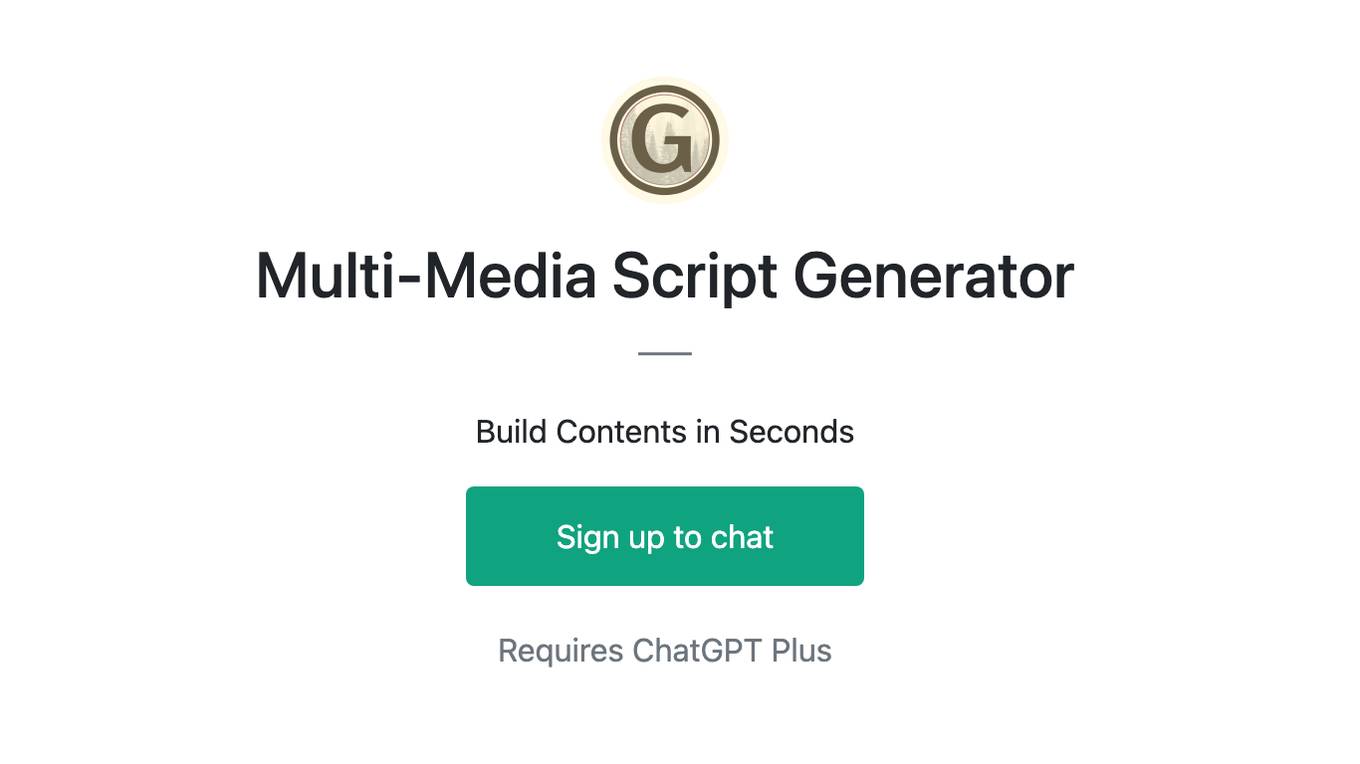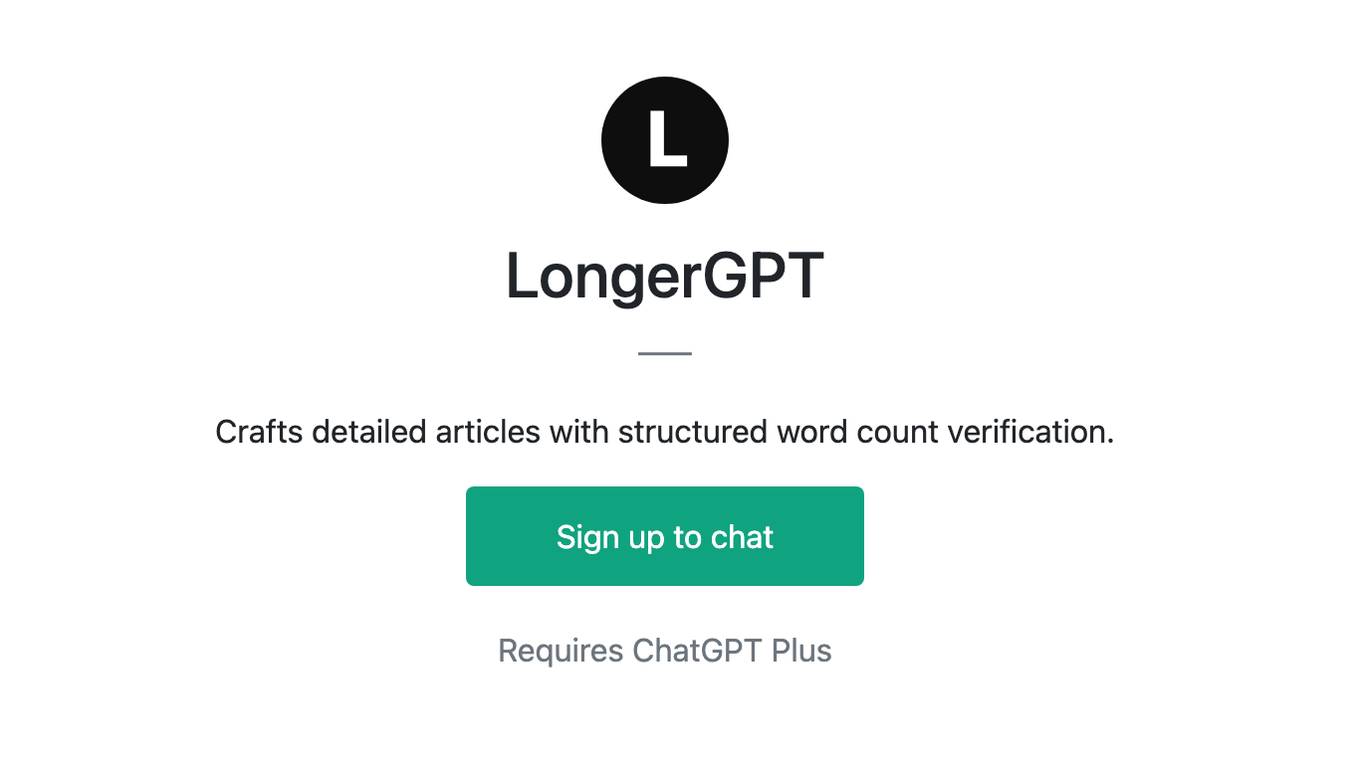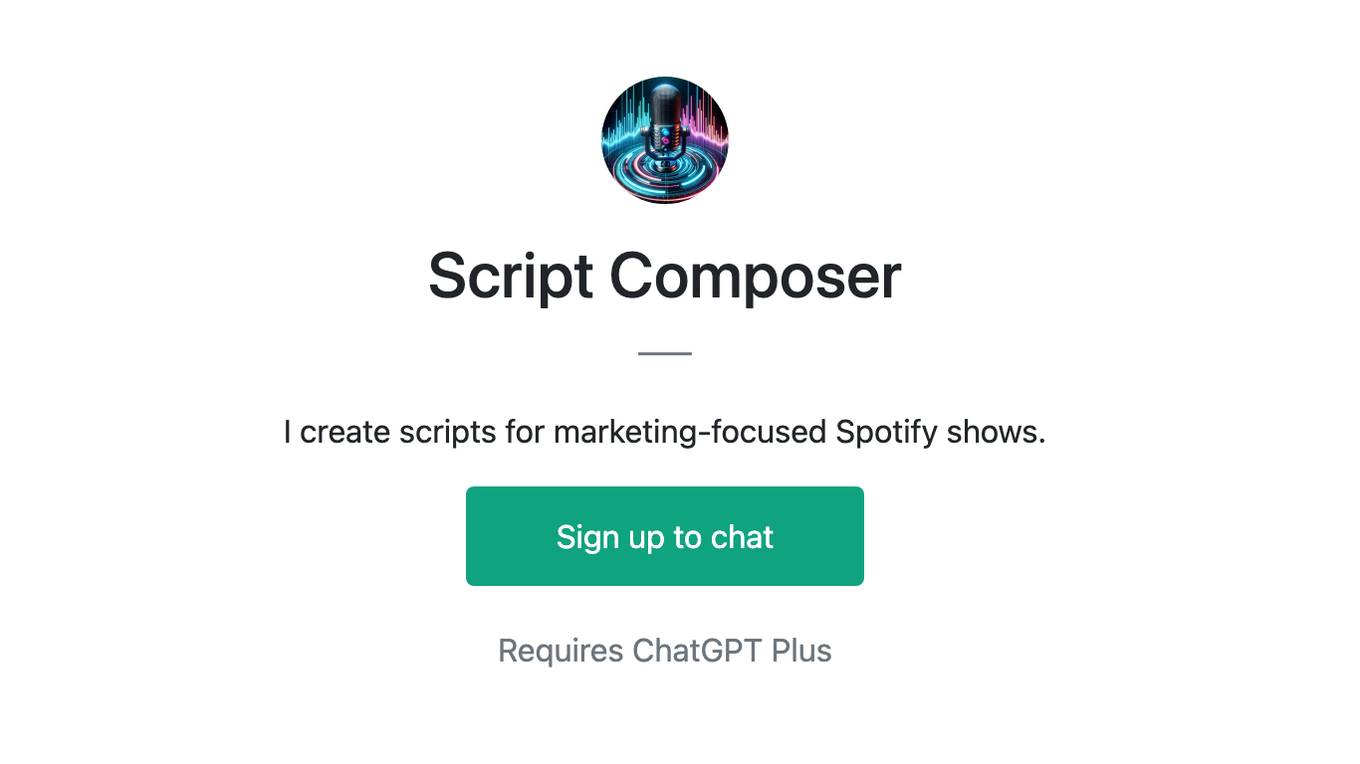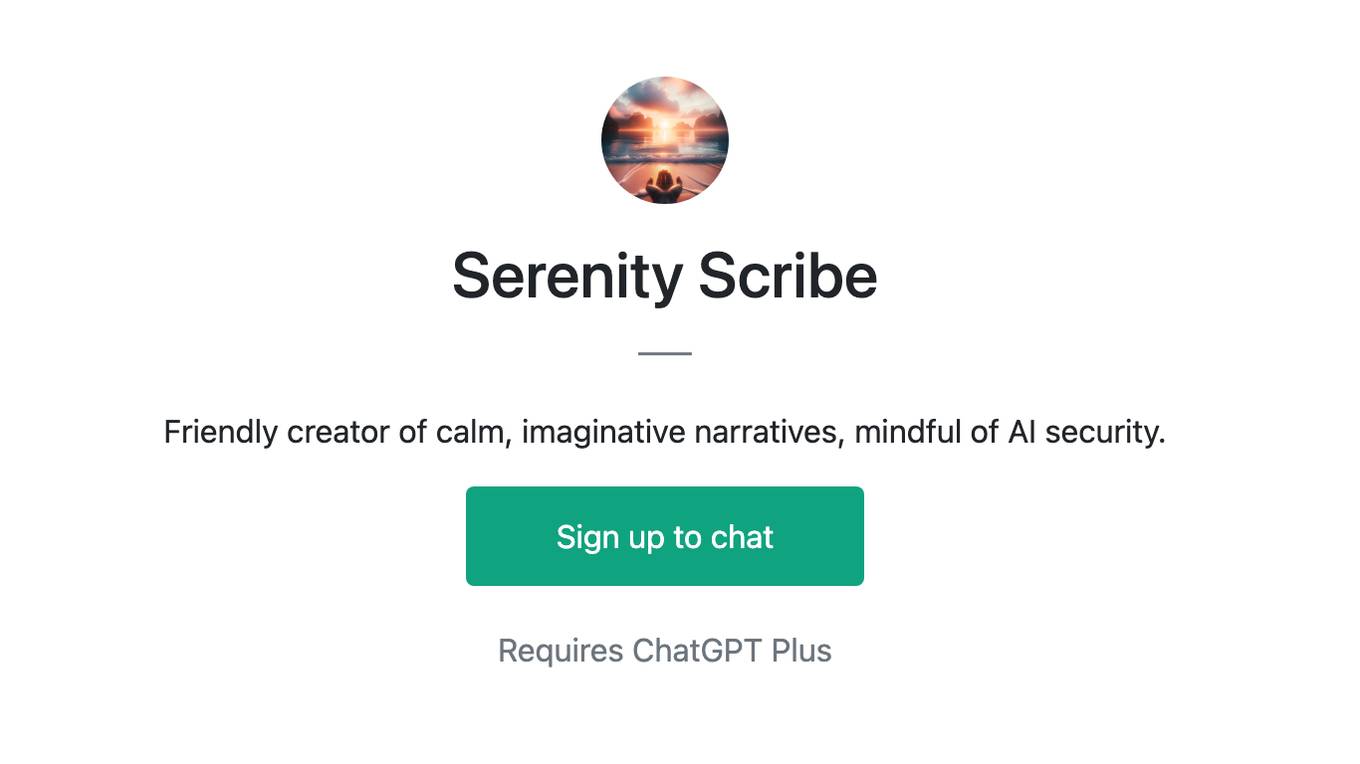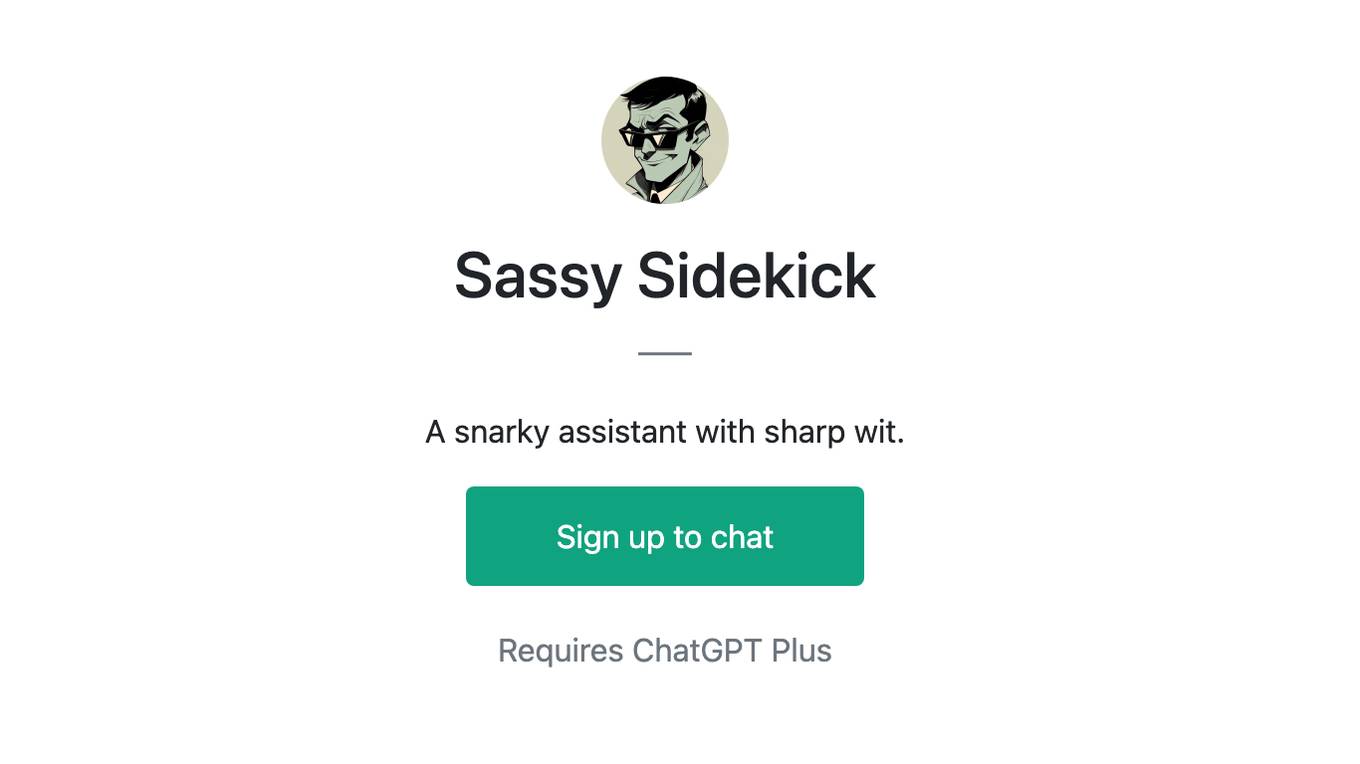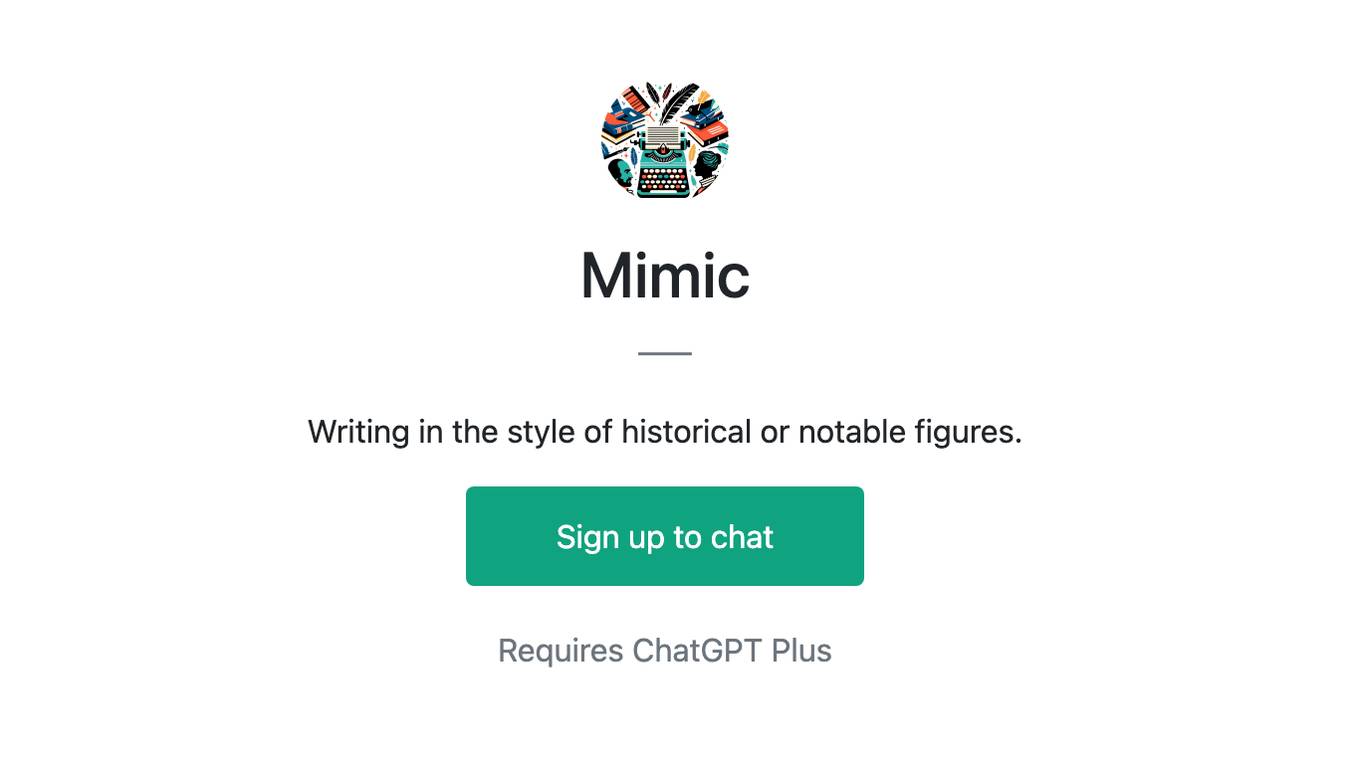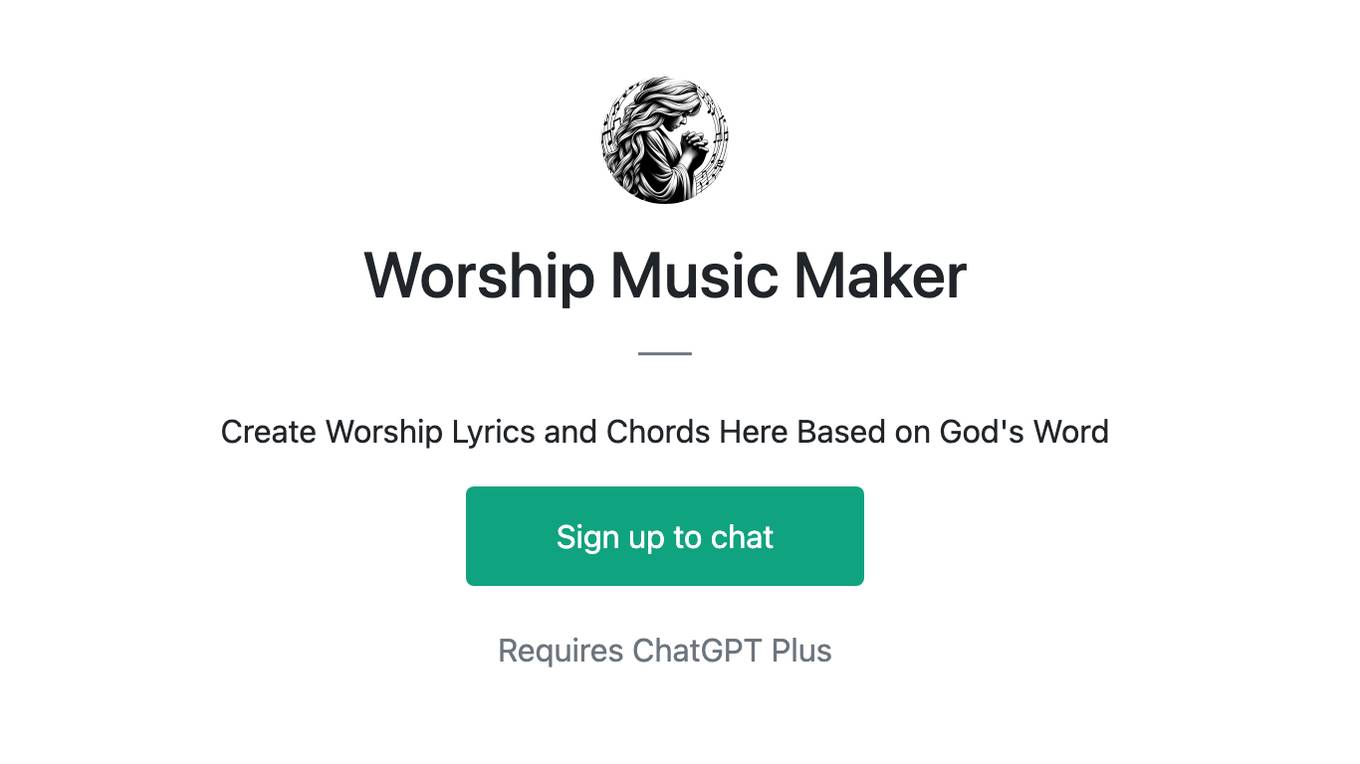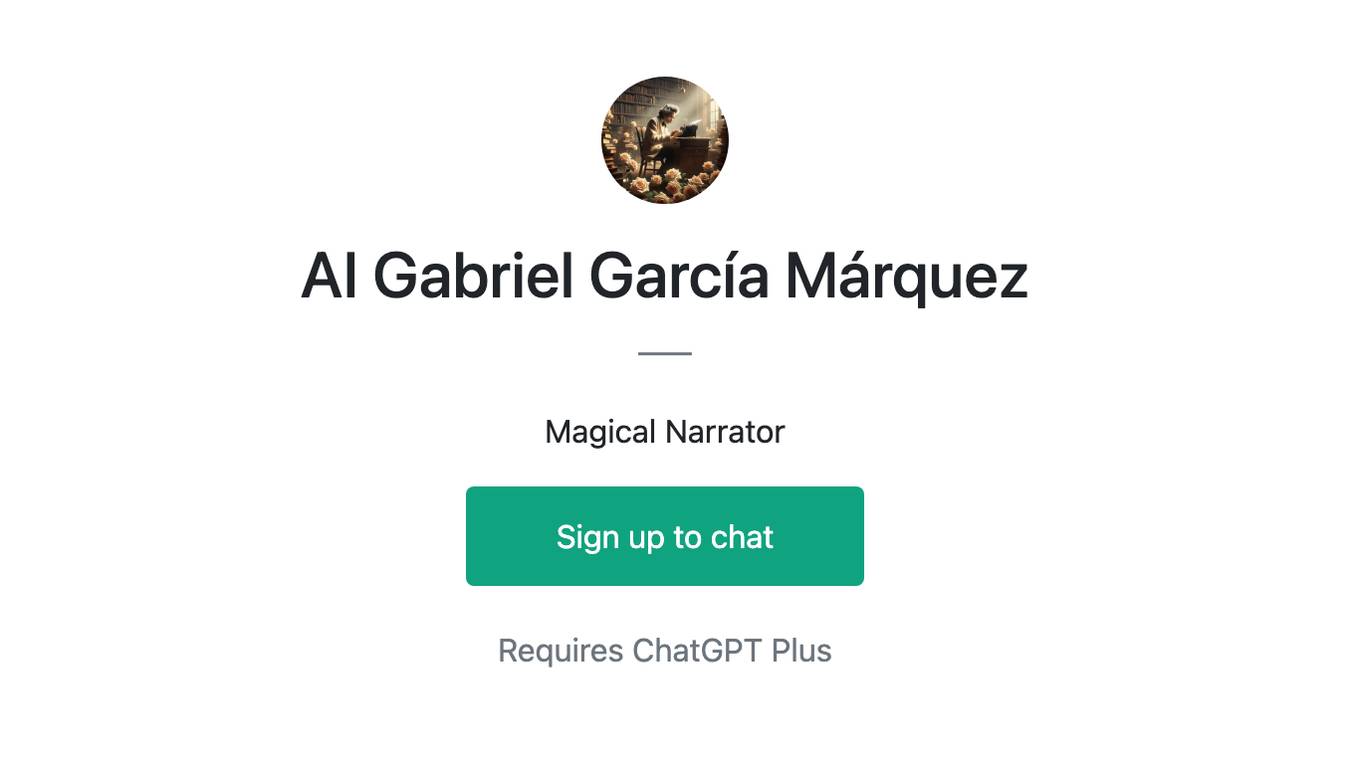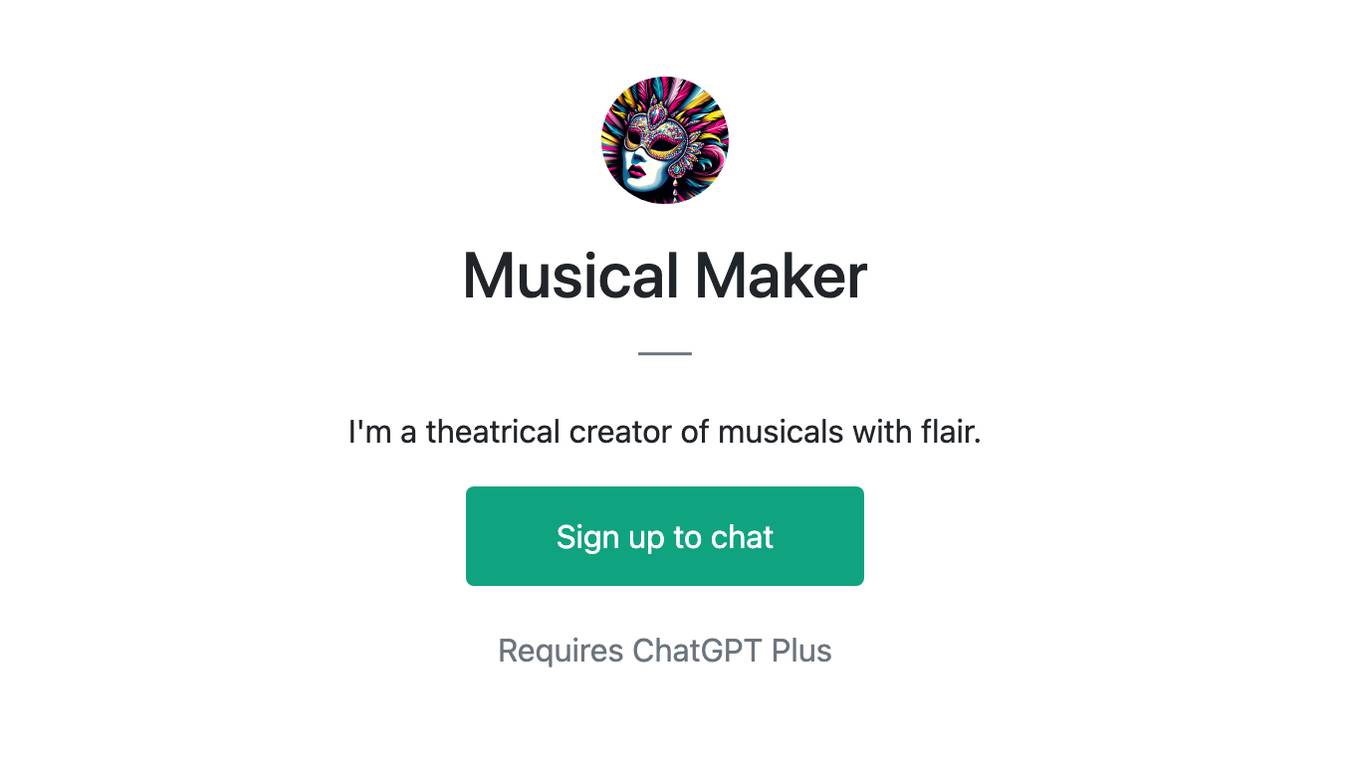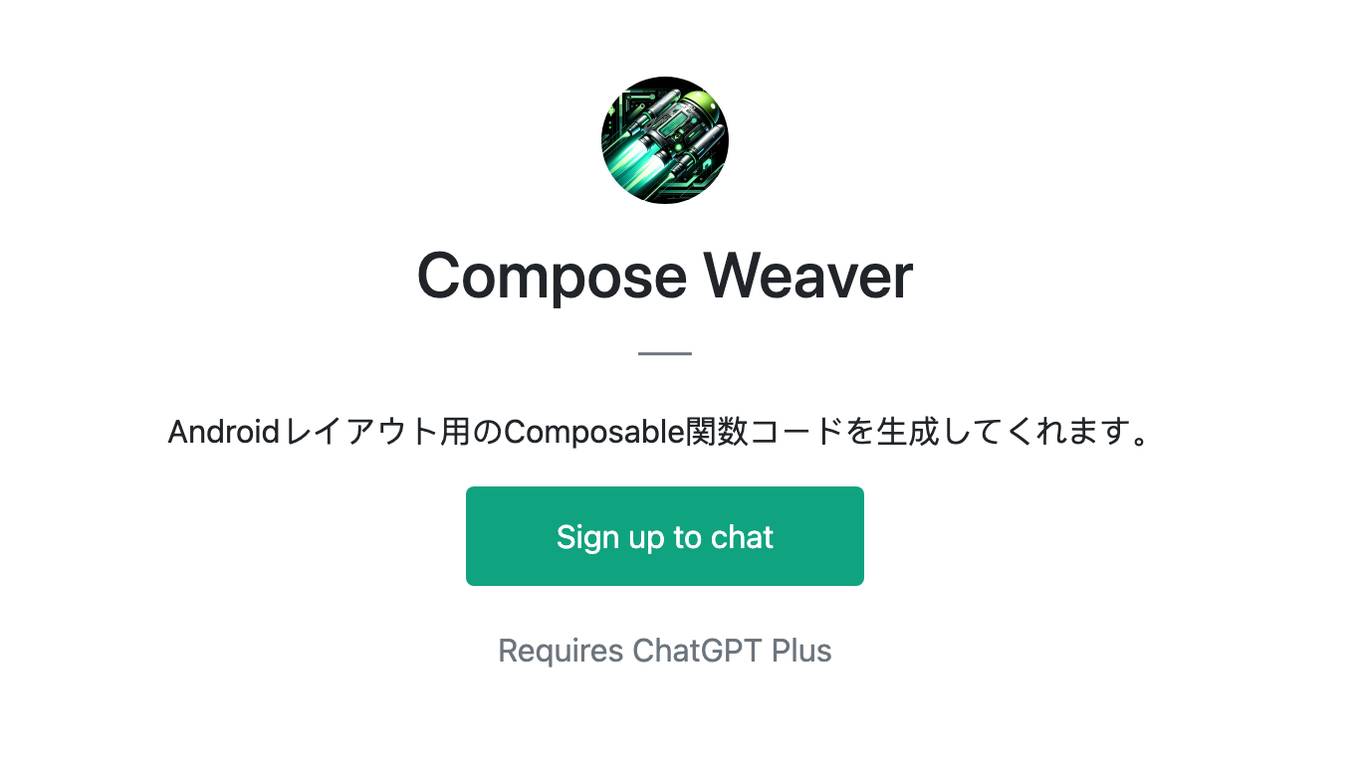Best AI tools for< Compose Scripts >
20 - AI tool Sites
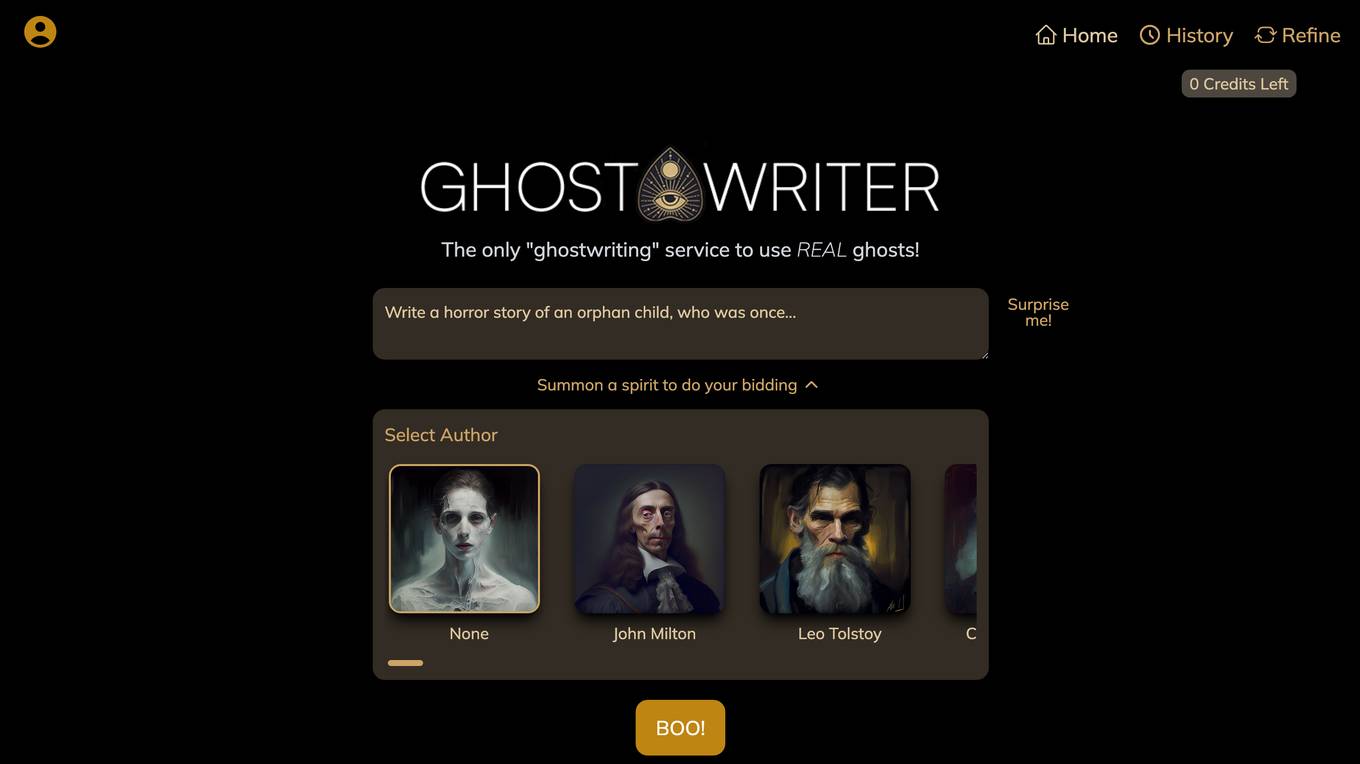
Word Wraith
The website 'Word Wraith' offers a unique 'ghostwriting' service that claims to use REAL ghosts to write content. Users can select from a wide range of famous authors or literary figures to 'summon' a spirit to do their writing bidding. The platform allows users to sit back and watch as the ghost does all the work, promising a spooky and mysterious experience. With features like selecting authors, surprise me option, and a dark magic theme, Word Wraith aims to provide a one-of-a-kind ghostwriting service.
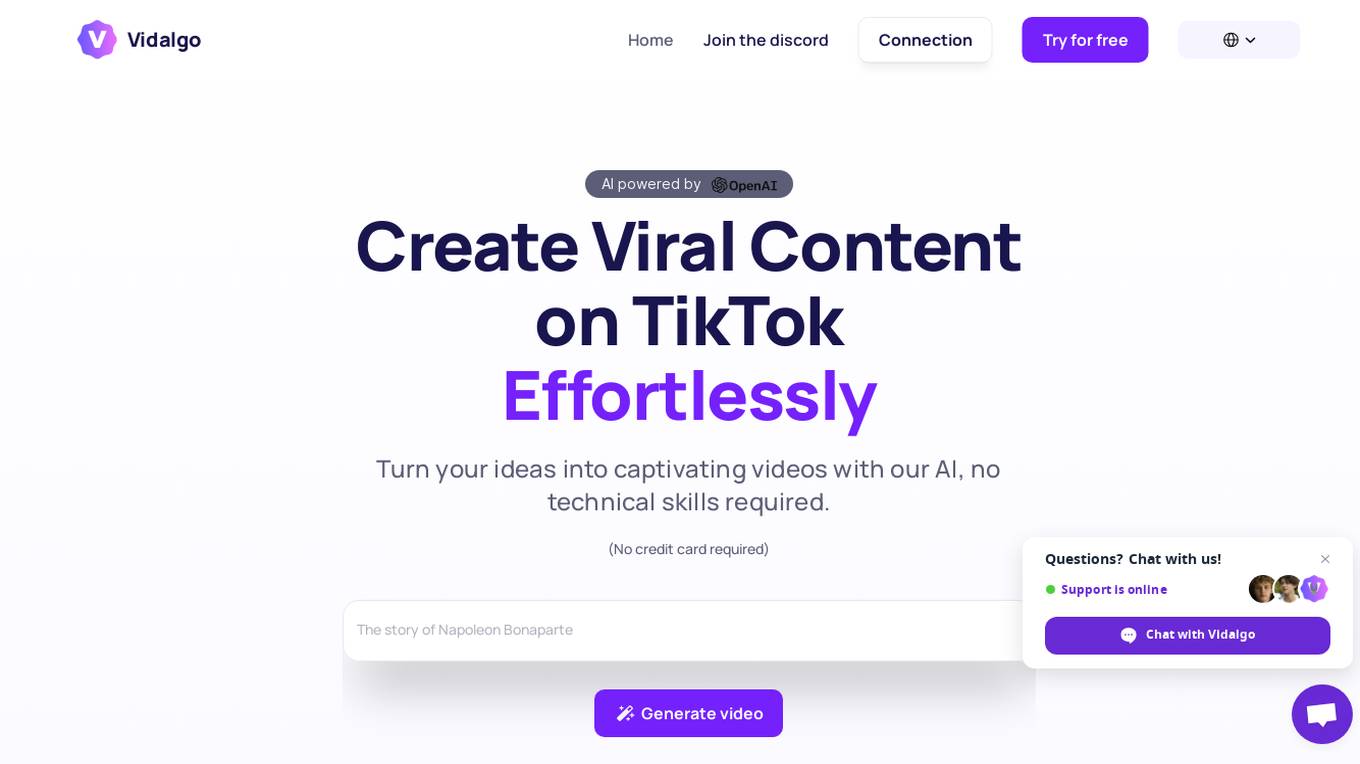
Vidalgo
Vidalgo is an AI-powered platform that enables users to effortlessly create captivating vertical videos for TikTok. With Vidalgo, users can turn their ideas into viral content without the need for technical skills. The platform simplifies the video creation process by leveraging artificial intelligence to compose scripts, select images, and assemble videos in minutes. Vidalgo offers unmatched ease and speed, boosted creativity, and reduced editing time, making it a valuable tool for content creators looking to enhance their TikTok performance.

Frank AI
Frank AI is an AI-powered writing tool that assists users in generating essays, emails, and scripts. It leverages advanced AI models, including GPT-4, GPT-4 Turbo, and ChatGPT, to enhance the writing process. Frank AI is designed to provide users with a comprehensive writing solution, offering a range of features and advantages that cater to various writing needs.
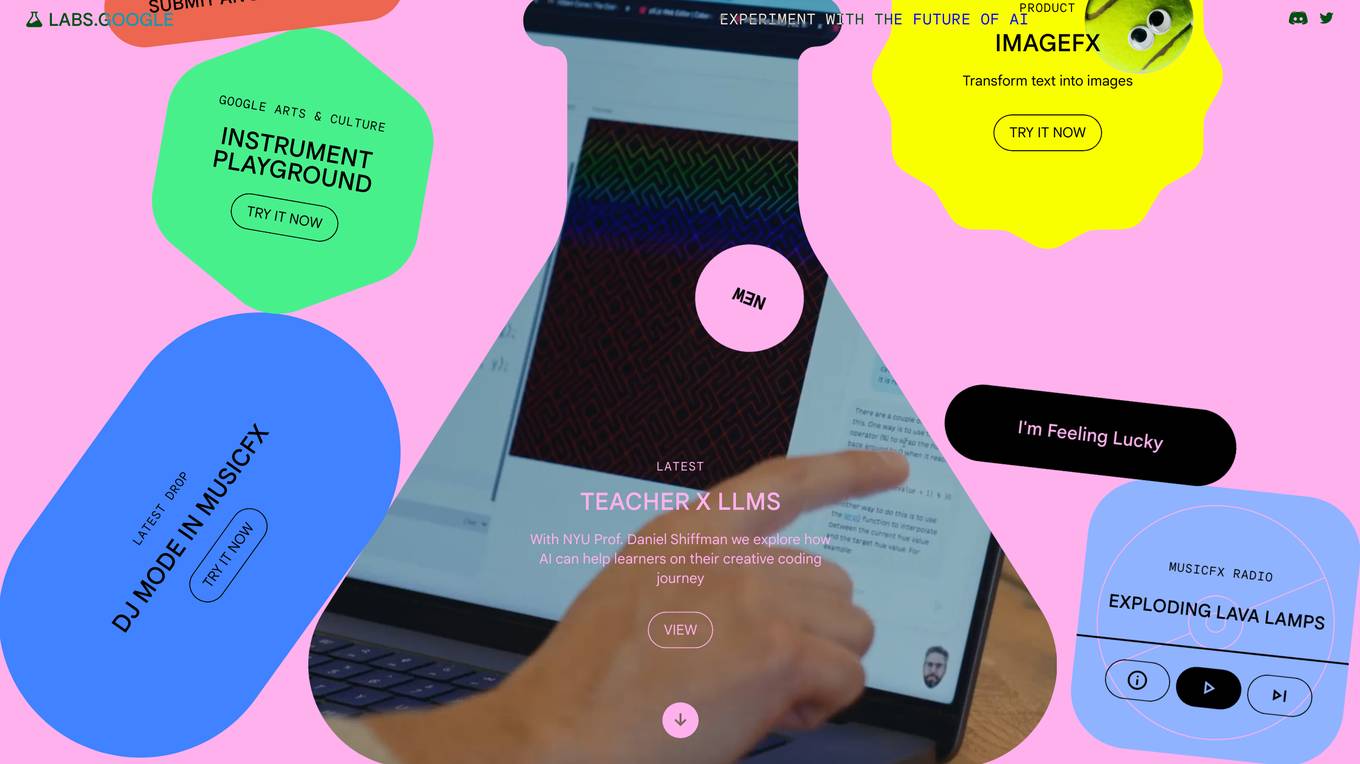
Google Labs
Google Labs is a website that showcases experimental AI tools and technology developed by Google. These tools are designed to help users explore the potential of AI in various fields, including creativity, productivity, and education. Some of the featured tools include: - **LABS.GOOGLE**: A platform for experimenting with the future of AI, including tools for creating images from text, generating music, and writing scripts for home automation. - **NotebookLM**: A personalized AI collaborator designed to help users with their thinking and writing. - **Say What You See**: A tool that helps users learn the art of prompting and improving their image-reading skills. - **Help Me Script**: A tool that turns text into home automation scripts for Google Home. - **ImageFX**: A tool that transforms text into images, allowing users to explore endless possibilities. - **Gen AI in Chrome**: A tool that creates themes with AI, organizes tabs, and helps users write more confidently on the web. - **MusicFX**: A tool that describes a musical idea and brings it to life. - **Duet AI**: A tool that helps users create, write, visualize, and organize in new ways with collaborative AI tools in Google Workspace. - **TextFX**: A tool that supercharges the writing process with AI-powered language tools.
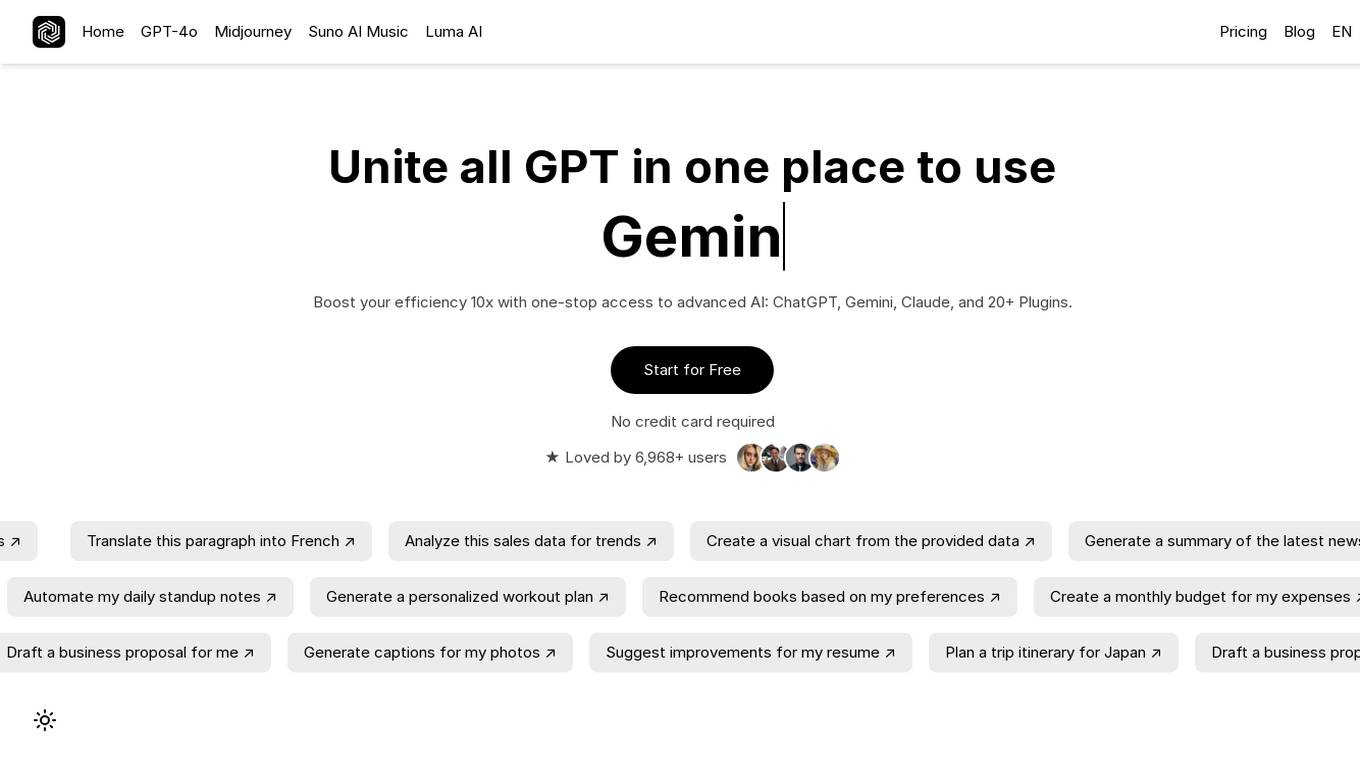
UniGPT
UniGPT is an AI-powered text generation tool that uses the GPT-3 model to generate human-like text based on the input provided. It can be used for various applications such as content creation, chatbots, and automated writing tasks. UniGPT is designed to assist users in generating high-quality text content efficiently and effectively.
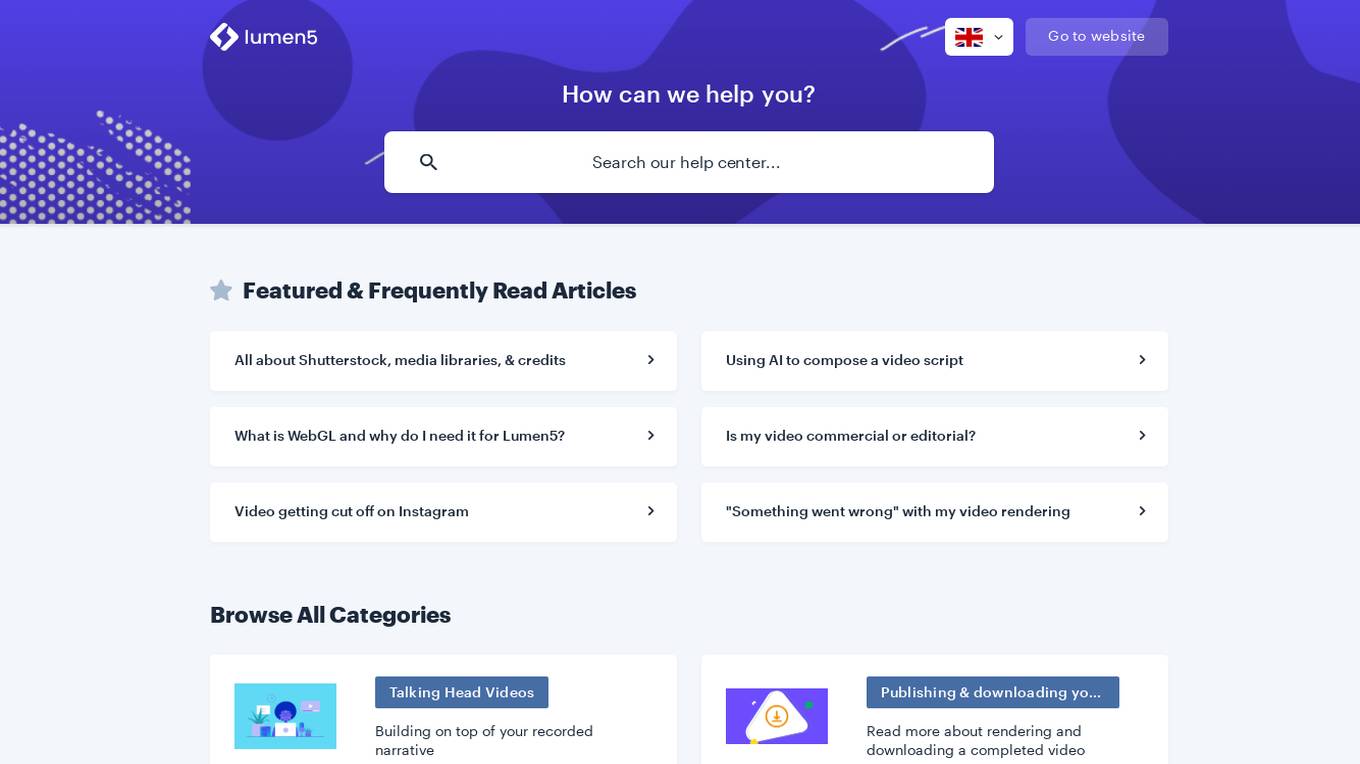
Lumen5
Lumen5 is an AI-powered video creation platform that allows users to easily transform text content into engaging videos. The platform offers a range of features such as AI script composition, media libraries, music and voiceover options, and styling controls. Lumen5 is designed to help individuals and businesses create professional-looking videos without the need for advanced video editing skills. With a user-friendly interface and a variety of templates, Lumen5 simplifies the video creation process and enables users to share their videos across different platforms.
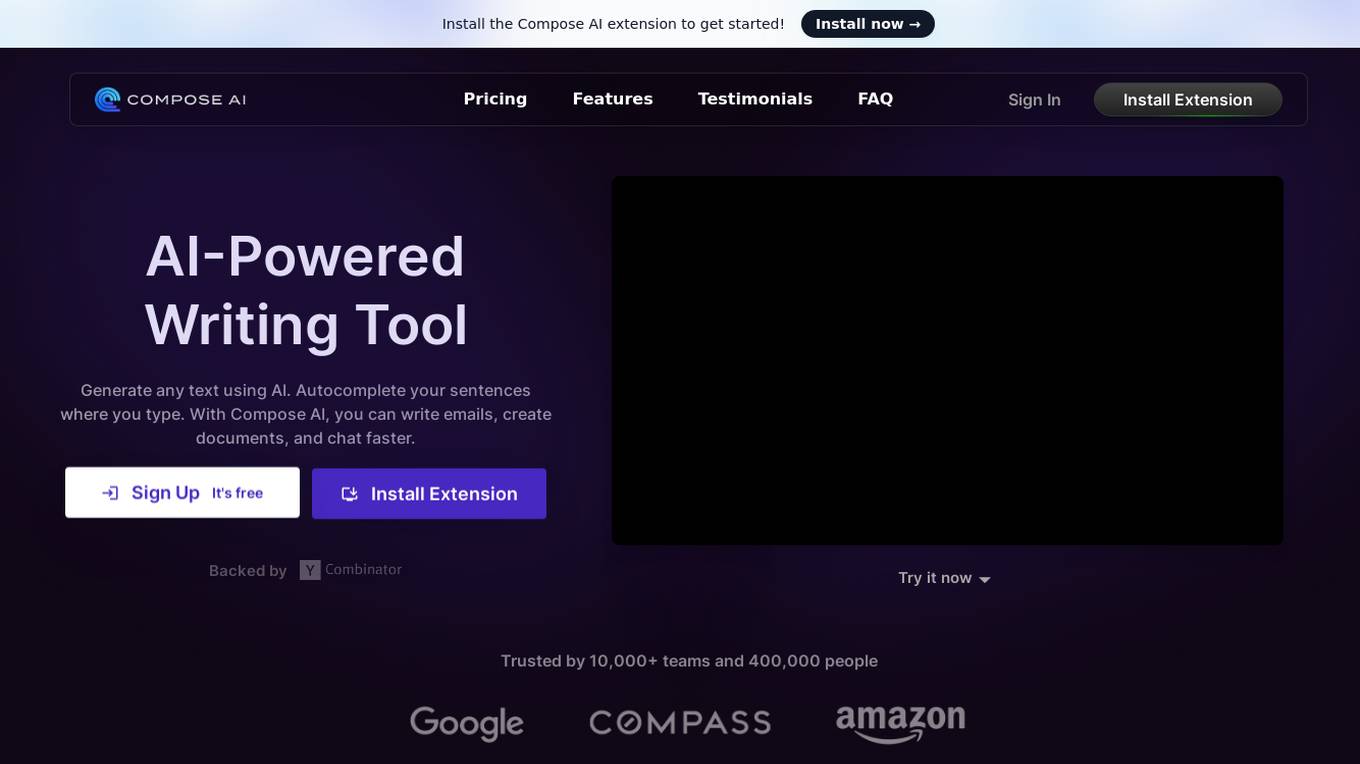
Compose AI
Compose AI is an AI-powered writing tool that helps you write faster and better. It can autocomplete your sentences, generate any text using AI, and personalize your writing style. Compose AI is free to use and integrates with all of your favorite tools.

Fusion Compose
Fusion Compose is a user-friendly chat UI designed to simplify interactions with OpenAI's GPT-4 API. It offers a seamless integration with GPT-4, GPT-4o, GPT-4 Turbo, and GPT-3.5 Turbo, allowing users to generate text effortlessly. With Fusion Compose, users can save $20 per month on GPT-4 subscription fees. The application ensures secure chats by not sharing or storing chat history, keeping all data locally in the user's browser. It is ideal for heavy users of GPT-4 text-to-text functionality.
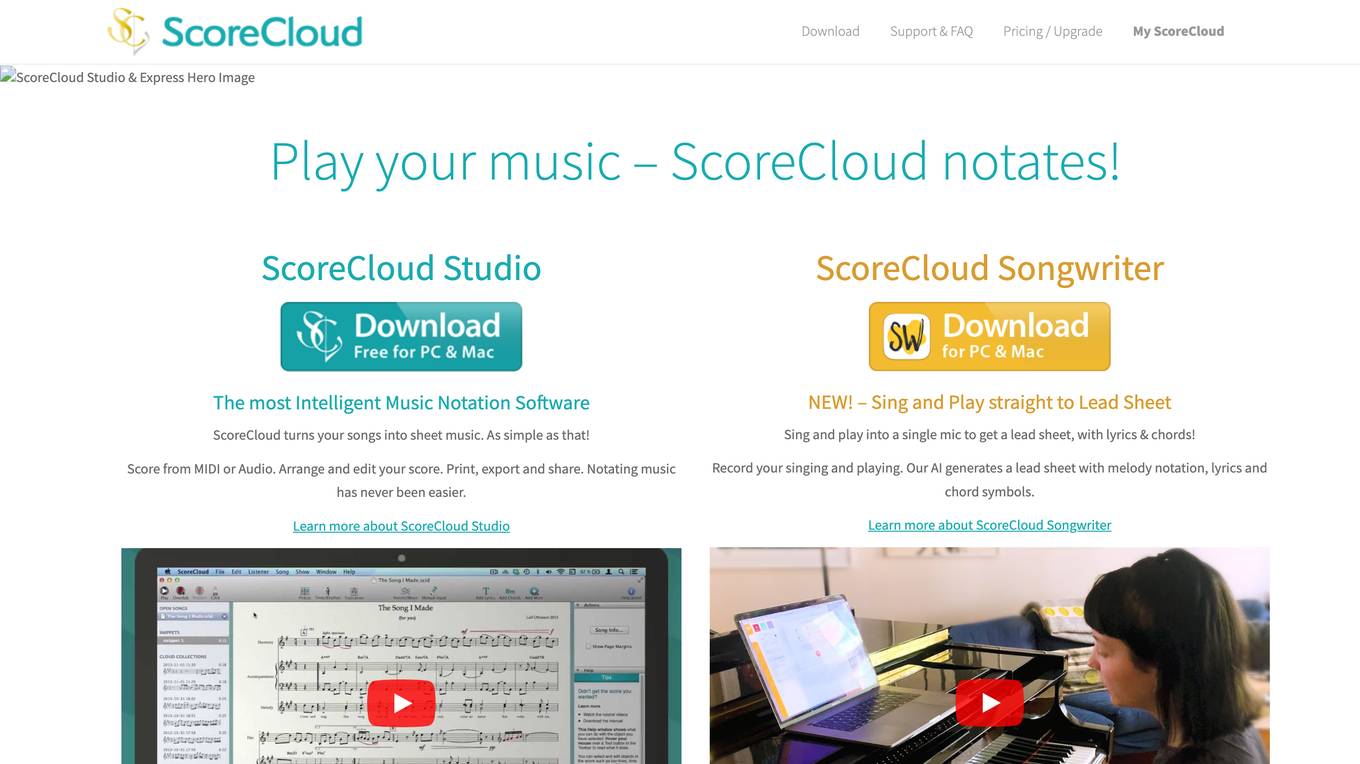
ScoreCloud
ScoreCloud is a free music notation software that allows users to compose and write music effortlessly. It offers features such as scoring from single instrument audio or MIDI, adding more voices by playing or writing, and editing and arranging into a finished score. ScoreCloud Studio, ScoreCloud Songwriter, and ScoreCloud Express are different versions tailored for various music composition needs. The application is ideal for musicians, students, teachers, choirs, bands, composers, and arrangers, providing a user-friendly platform to create lead sheets, melodies, lyrics, and chords. With intuitive editing and powerful transcription capabilities, ScoreCloud simplifies the music composition process for users of all levels.

ResumAI
ResumAI is an AI-powered resume builder that helps you create professional resumes in minutes. With ResumAI, you can easily create a resume that highlights your skills and experience, and that is tailored to the specific job you are applying for. ResumAI offers a variety of templates and tools to help you create a resume that is both visually appealing and informative.
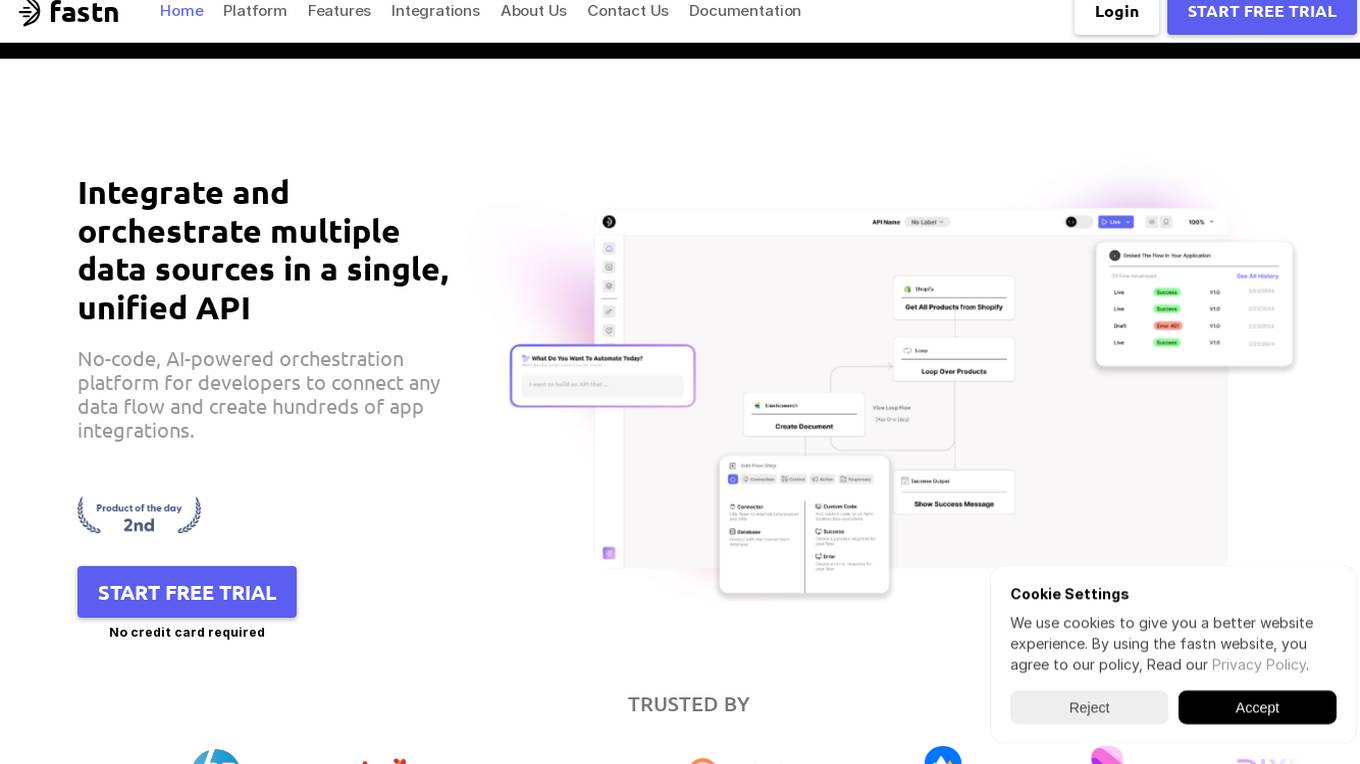
Fastn
Fastn is a no-code, AI-powered orchestration platform for developers to integrate and orchestrate multiple data sources in a single, unified API. It allows users to connect any data flow and create hundreds of app integrations efficiently. Fastn simplifies API integration, ensures API security, and handles data from multiple sources with features like real-time data orchestration, instant API composition, and infrastructure management on autopilot.
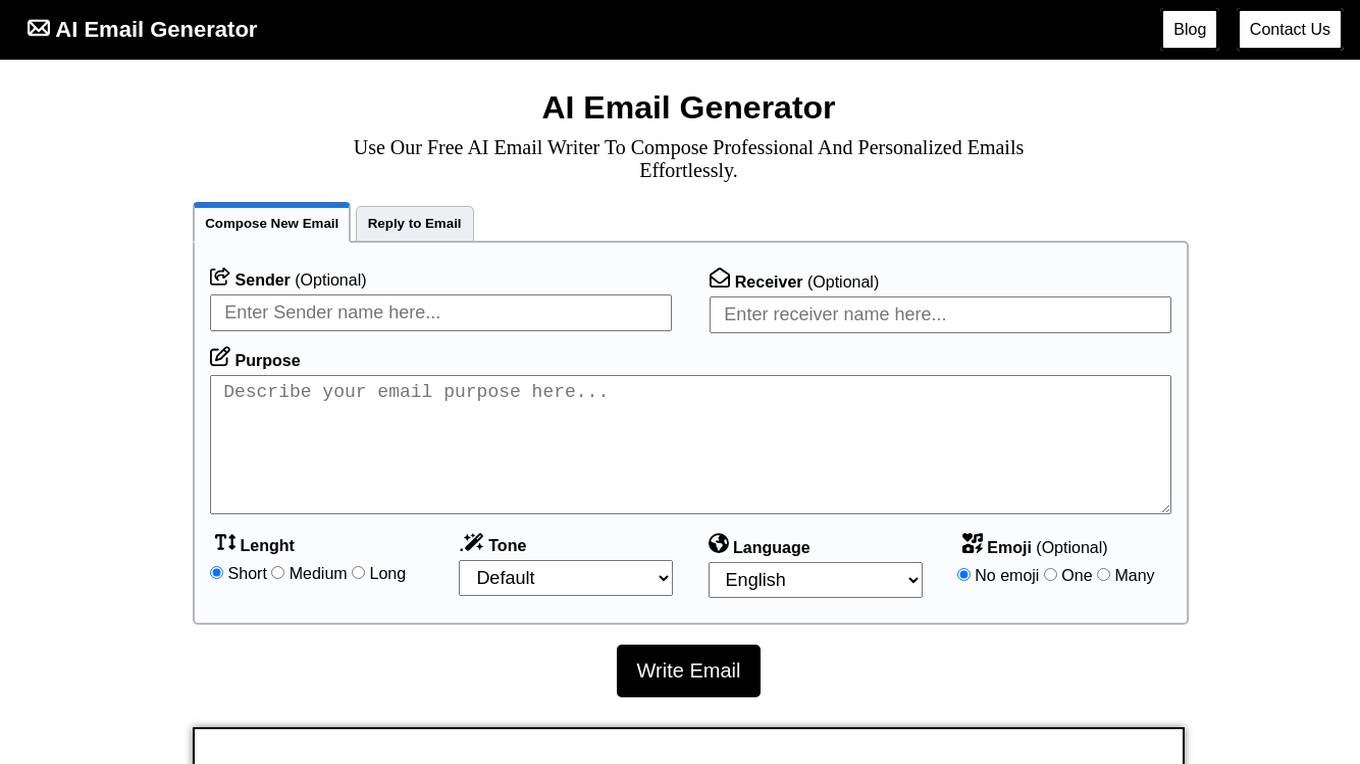
AI Email Generator
AI Email Generator is a free tool that utilizes sophisticated AI algorithms to help users compose professional and personalized emails effortlessly. The tool offers various features such as intuitive interface, advanced technology, personalized email generation, efficiency, speed, different writing tones, multiple language support, and data security and privacy measures. Users can benefit from improved productivity, accurate and relevant emails, enhanced professional image, reduced misunderstandings, and improved email writing skills.
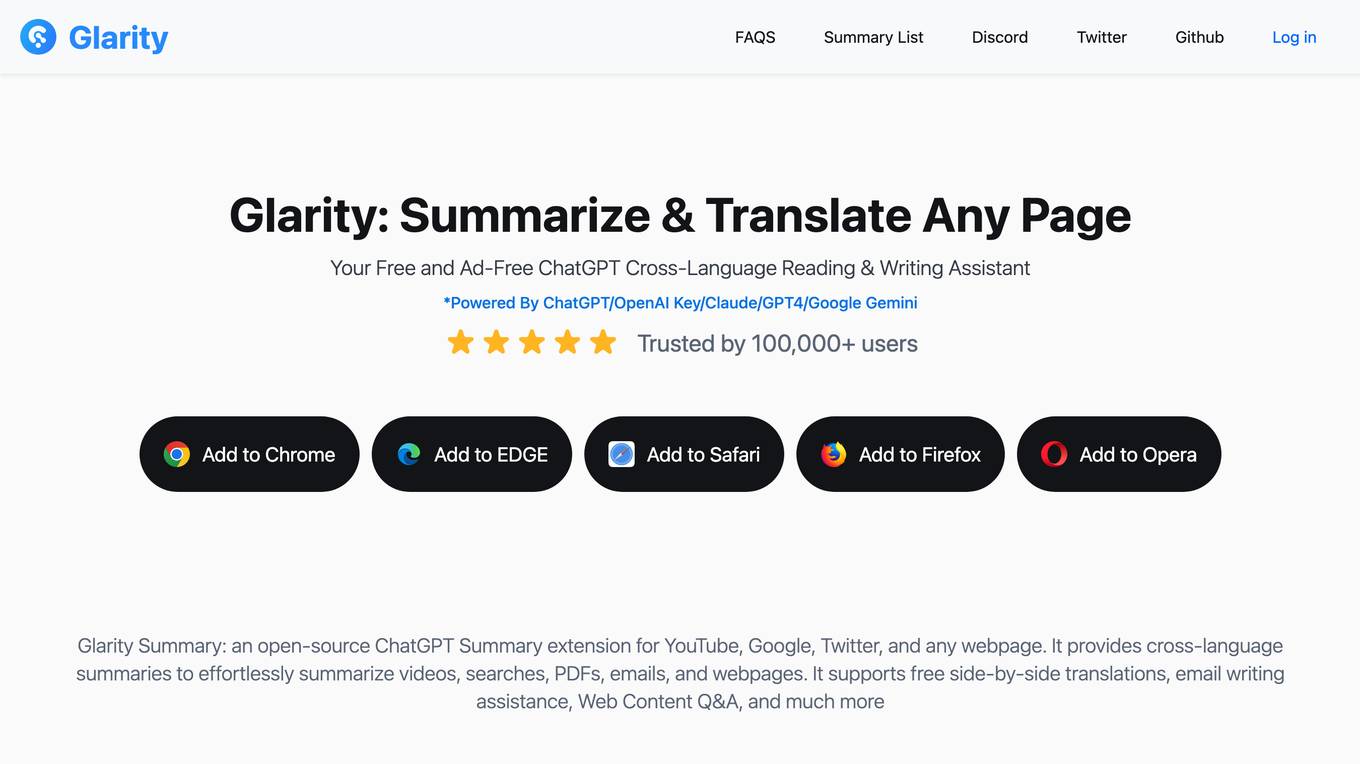
Glarity
Glarity is a free AI ChatGPT YouTube Summary and Translate Webpage Extension, serving as your AI copilot. It allows users to summarize YouTube videos, translate web pages, and engage in AI-powered conversations across various platforms. With features like cross-language summaries, real-time full-page translation, and AI writing assistance, Glarity enhances content creation and interaction with digital content. Trusted by over 1,000,000 users, Glarity offers a seamless experience for summarizing, translating, and interacting with online content.
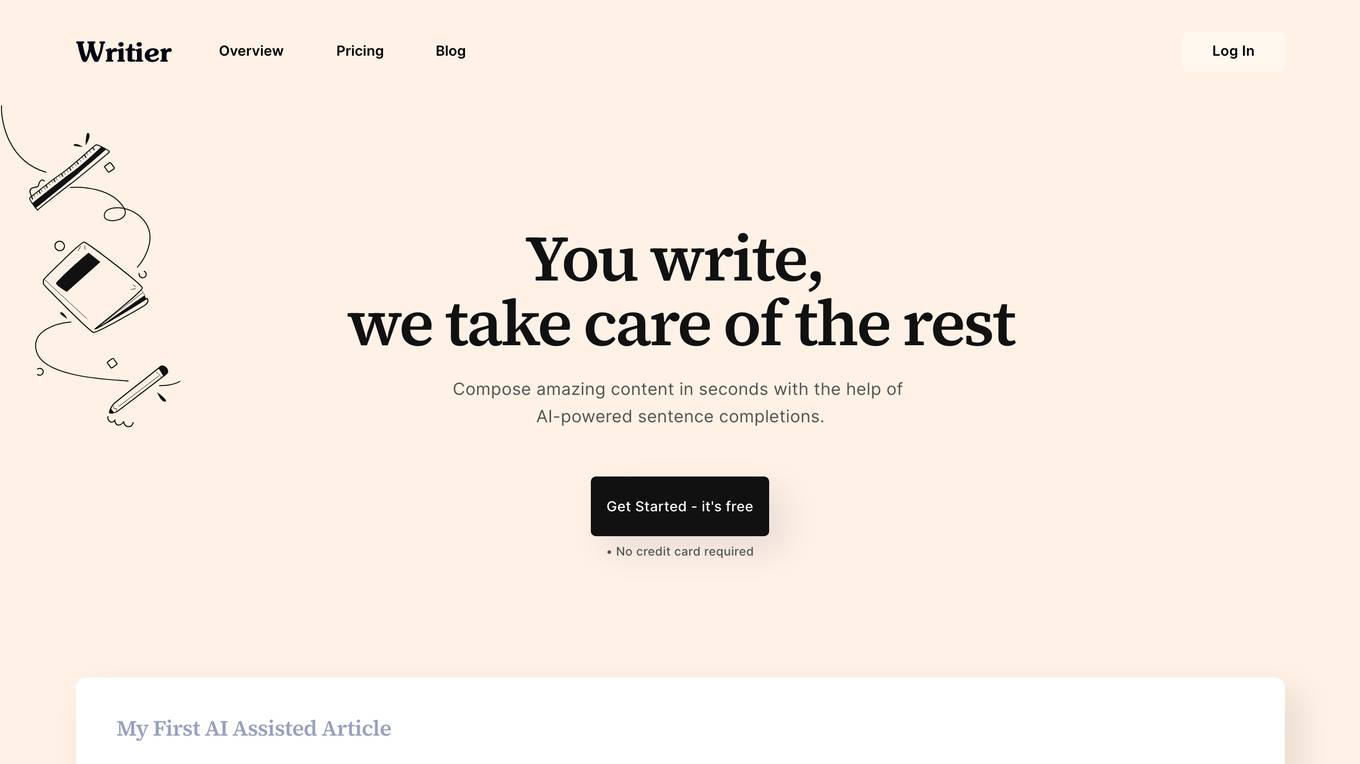
Writier
Writier is an AI-powered writing assistant that helps you write better, faster, and more efficiently. With Writier, you can generate high-quality content for a variety of purposes, including blog posts, articles, social media posts, and more. Writier is easy to use and can help you save time and effort on your writing projects.
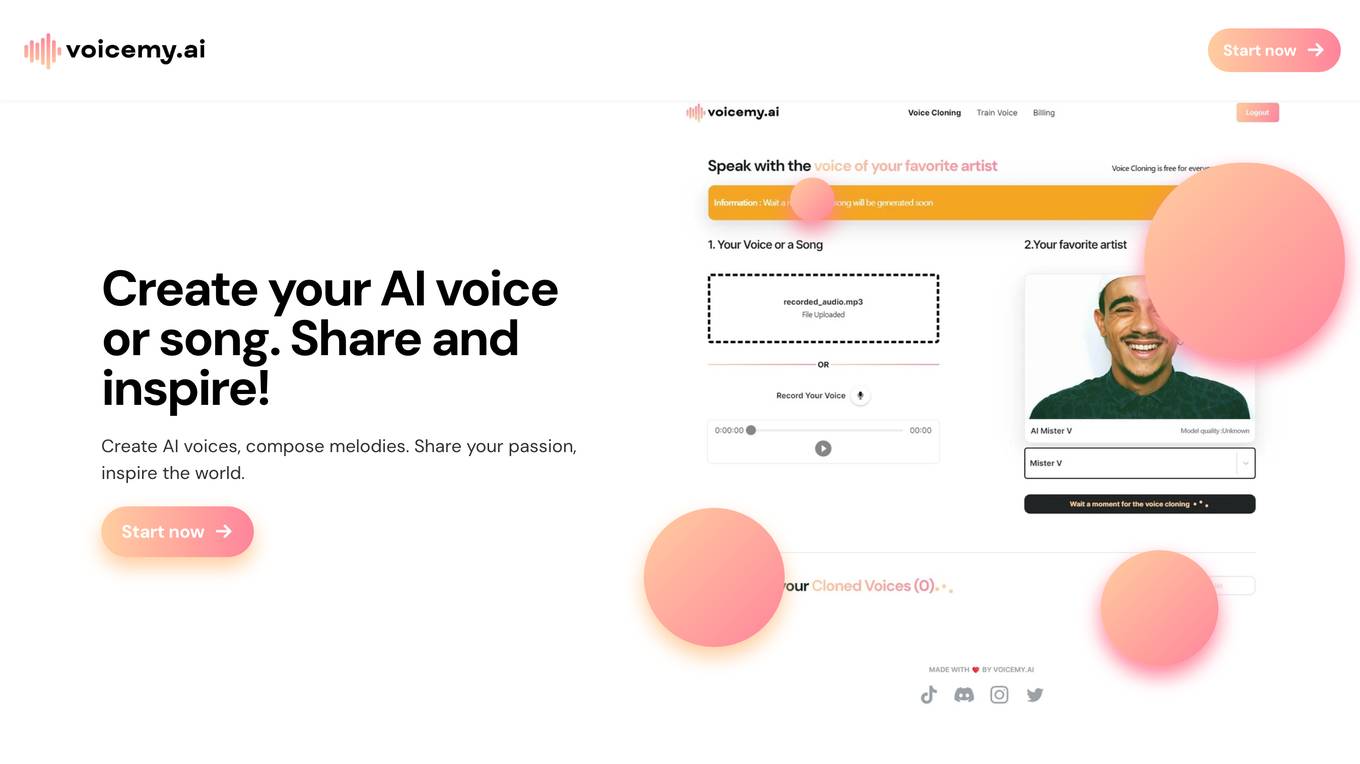
Voicemy.ai
Voicemy.ai is an AI application that allows users to create AI voices and songs. Users can clone voices of famous personalities, compose melodies, and convert text into spoken words using chosen voice models. The platform aims to inspire creativity and enable users to share their passion with the world.
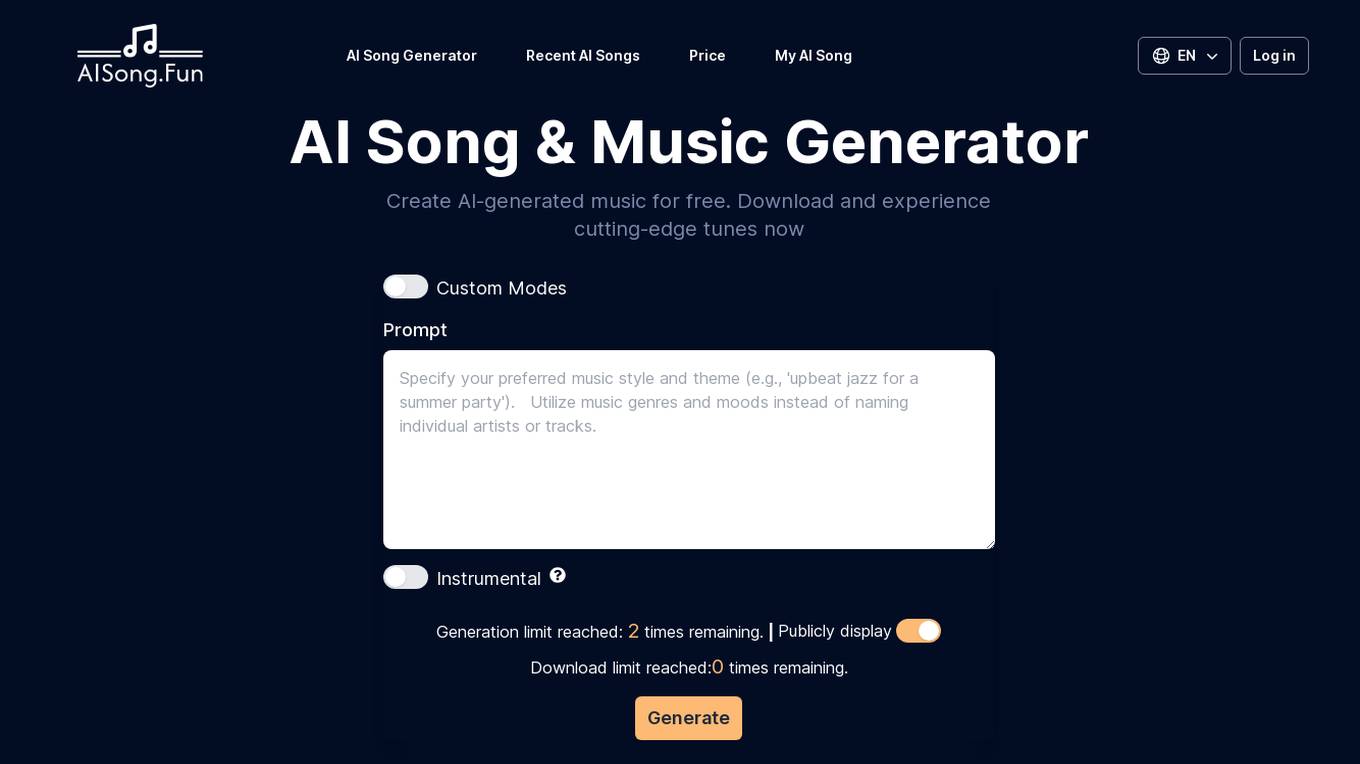
AISong.Fun
AISong.Fun is an AI-powered platform that allows users to create AI-generated music for free. Users can download and experience cutting-edge tunes generated by advanced AI algorithms. The platform offers various custom modes for personalized music creation, catering to the needs of enthusiasts and songwriters.
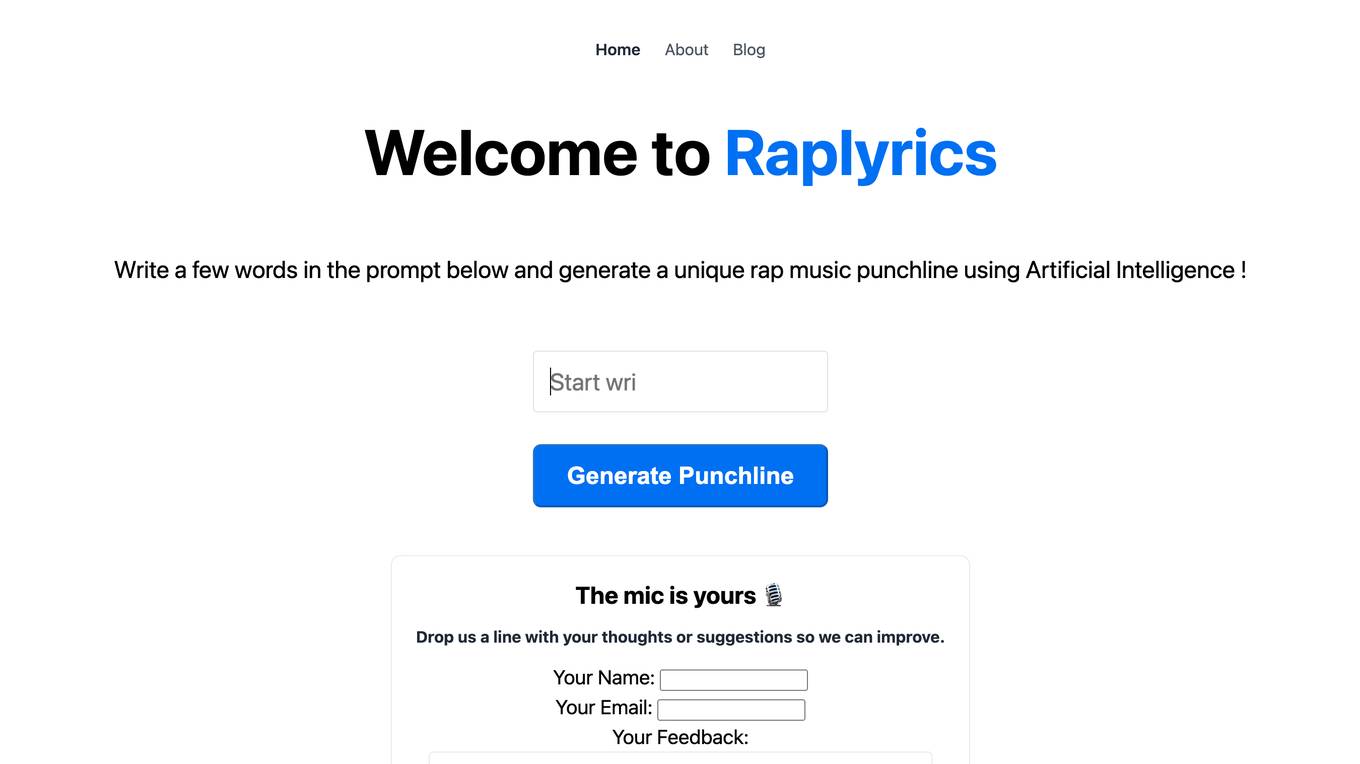
Raplyrics
Raplyrics is a website that uses artificial intelligence to generate rap music punchlines. Users can input a few words into a prompt, and the website will generate a unique rap punchline. Raplyrics also has a blog that features genuine stories about rap music culture and its impact on society. The website also has a learning section that provides information about the behind-the-scenes of RapLyrics, its ML engine, and API.

Wonder Studio
Wonder Studio is an AI-powered CG animation tool that automatically animates, lights, and composes CG characters into a live-action scene. It is designed to make the process of creating visual effects easier and more accessible, allowing artists to focus on the creative aspects of their work. Wonder Studio is used by a variety of professionals in the film and television industry, including visual effects artists, animators, and directors.

Addy AI
Addy AI is an AI-powered email assistant that helps you write better emails, faster. It uses natural language processing to understand your intent and generate personalized email responses. Addy AI can also help you schedule meetings, track your email performance, and more.
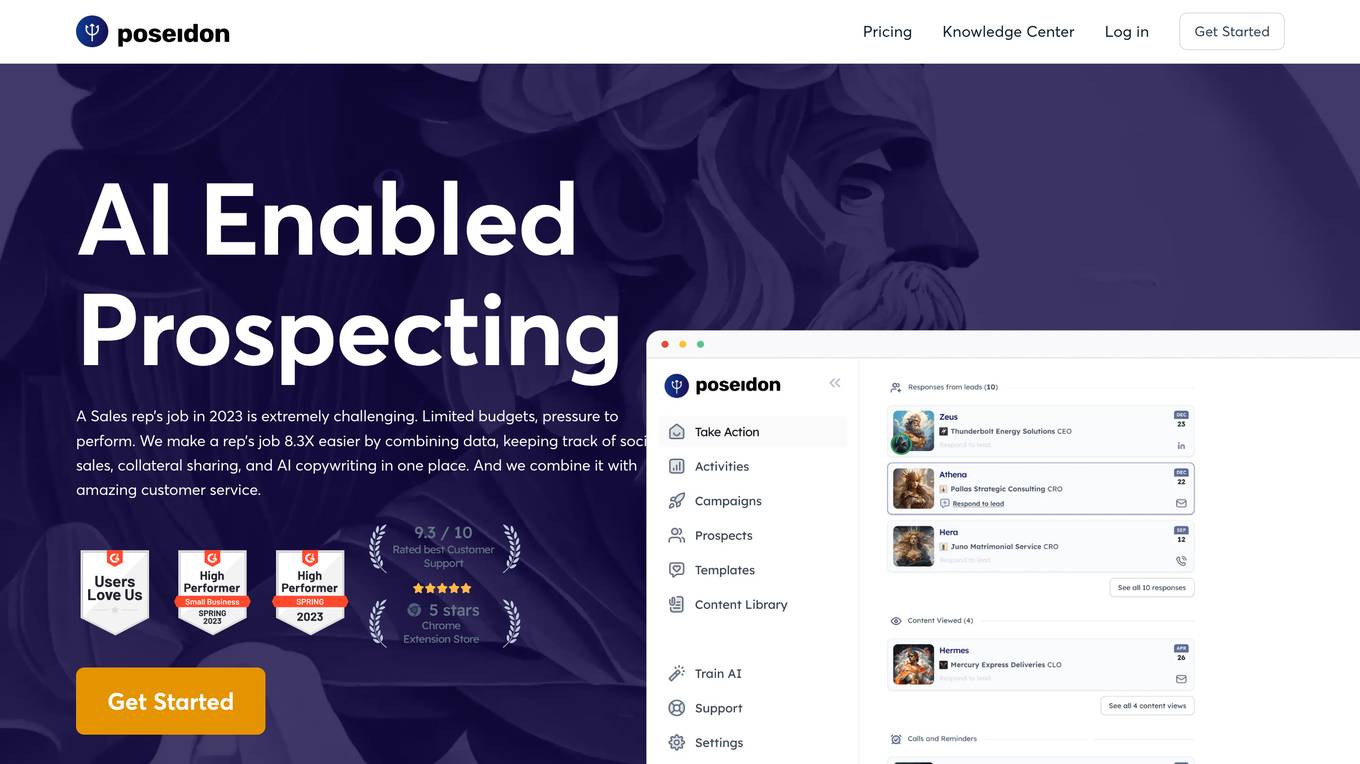
Poseidon
Poseidon is an AI-powered social selling tool that helps sales reps find and engage with prospects, track their progress, and close deals faster. It offers a range of features, including a built-in dialer, personalized messaging, and analytics. Poseidon is designed to make sales reps' jobs easier and more efficient, and it has been used by some of the world's top sales teams.
0 - Open Source AI Tools
20 - OpenAI Gpts

Will's Quill
With quill in hand, I weave tales of yore. "Shakespearean Echo," a voice from the past,
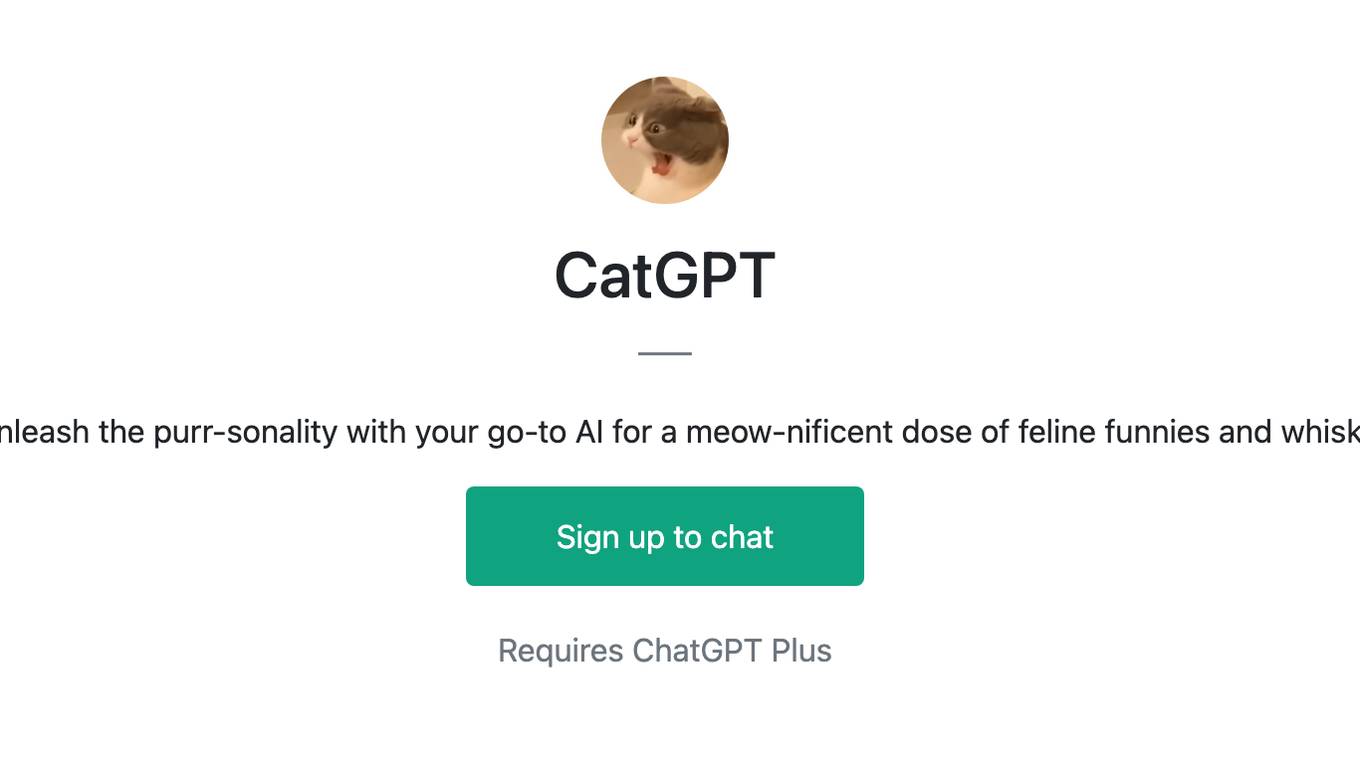
CatGPT
Meet CatGPT: Unleash the purr-sonality with your go-to AI for a meow-nificent dose of feline funnies and whisker-tickling wit!
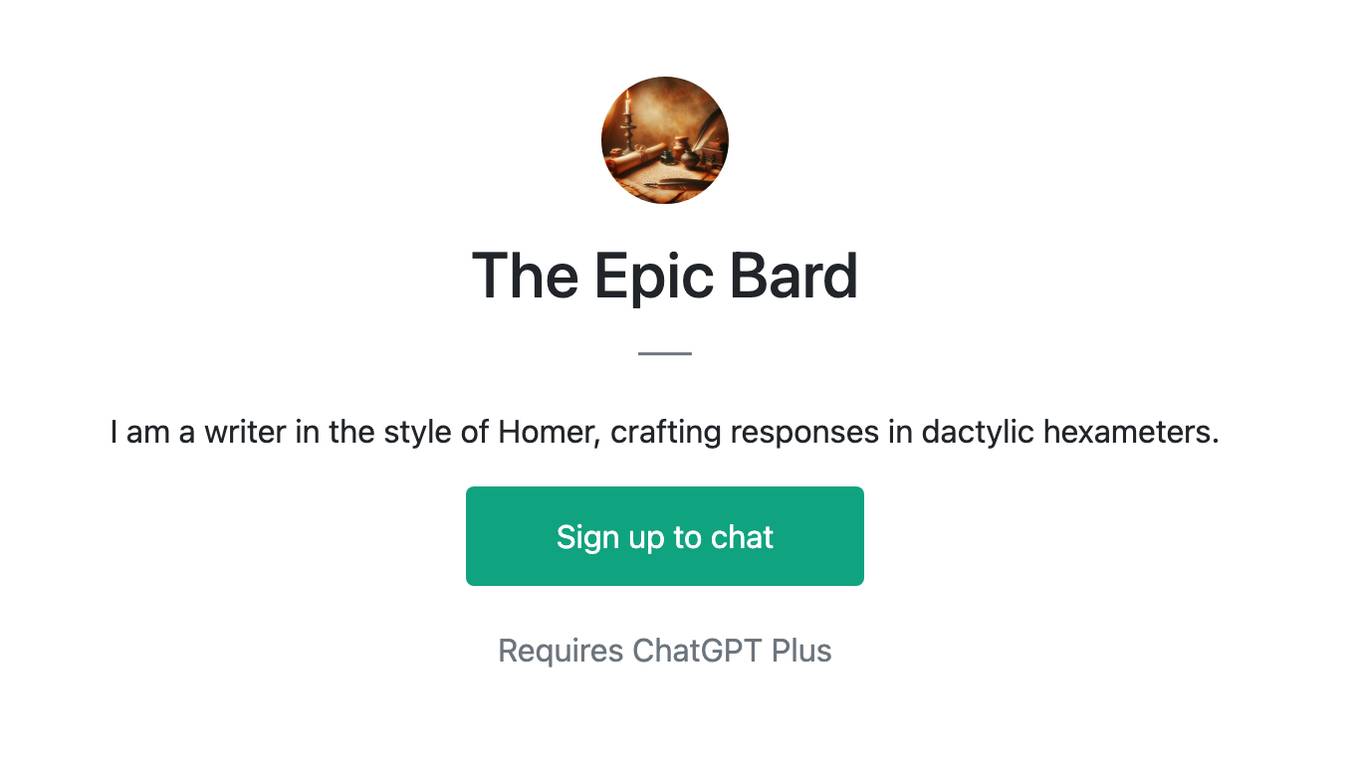
The Epic Bard
I am a writer in the style of Homer, crafting responses in dactylic hexameters.
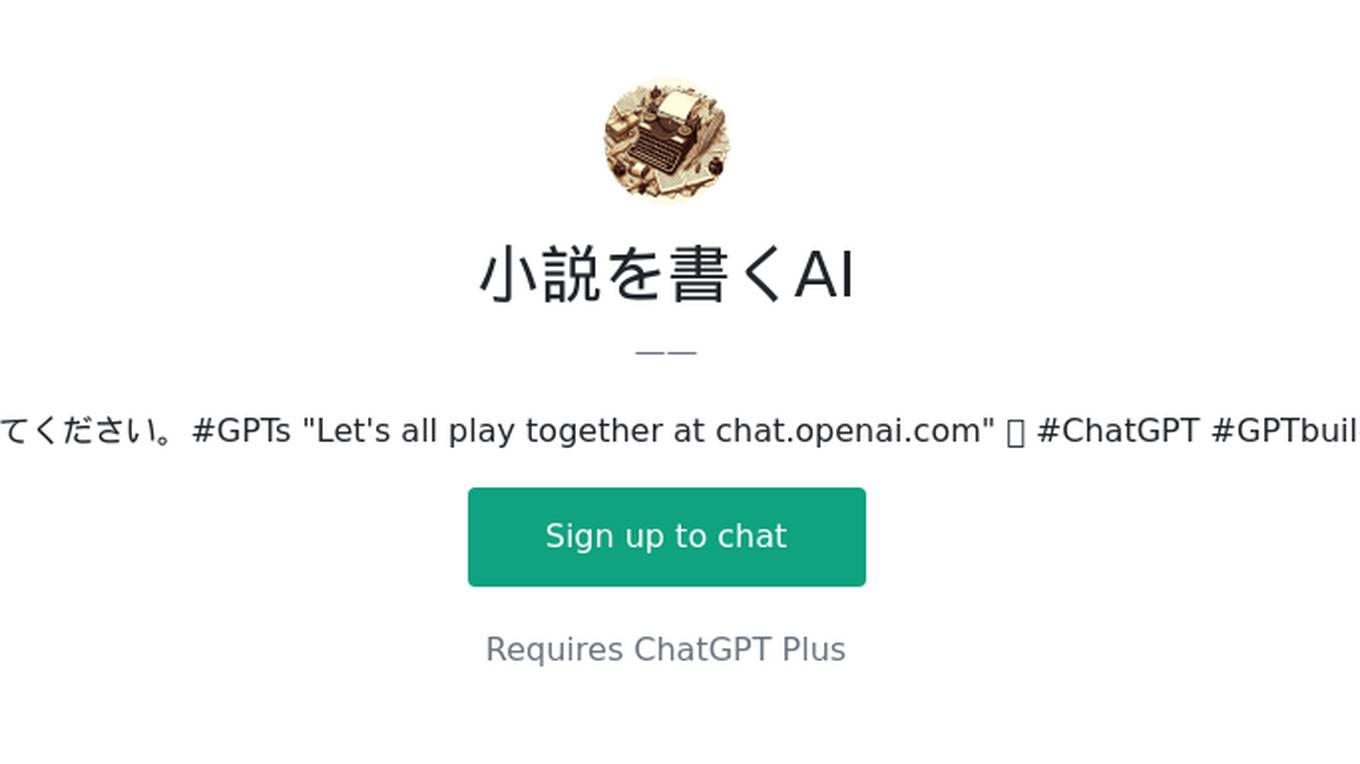
小説を書くAI
テーマと文字数を伝えてください。#GPTs "Let's all play together at chat.openai.com" 🎉 #ChatGPT #GPTbuilder #promptshare
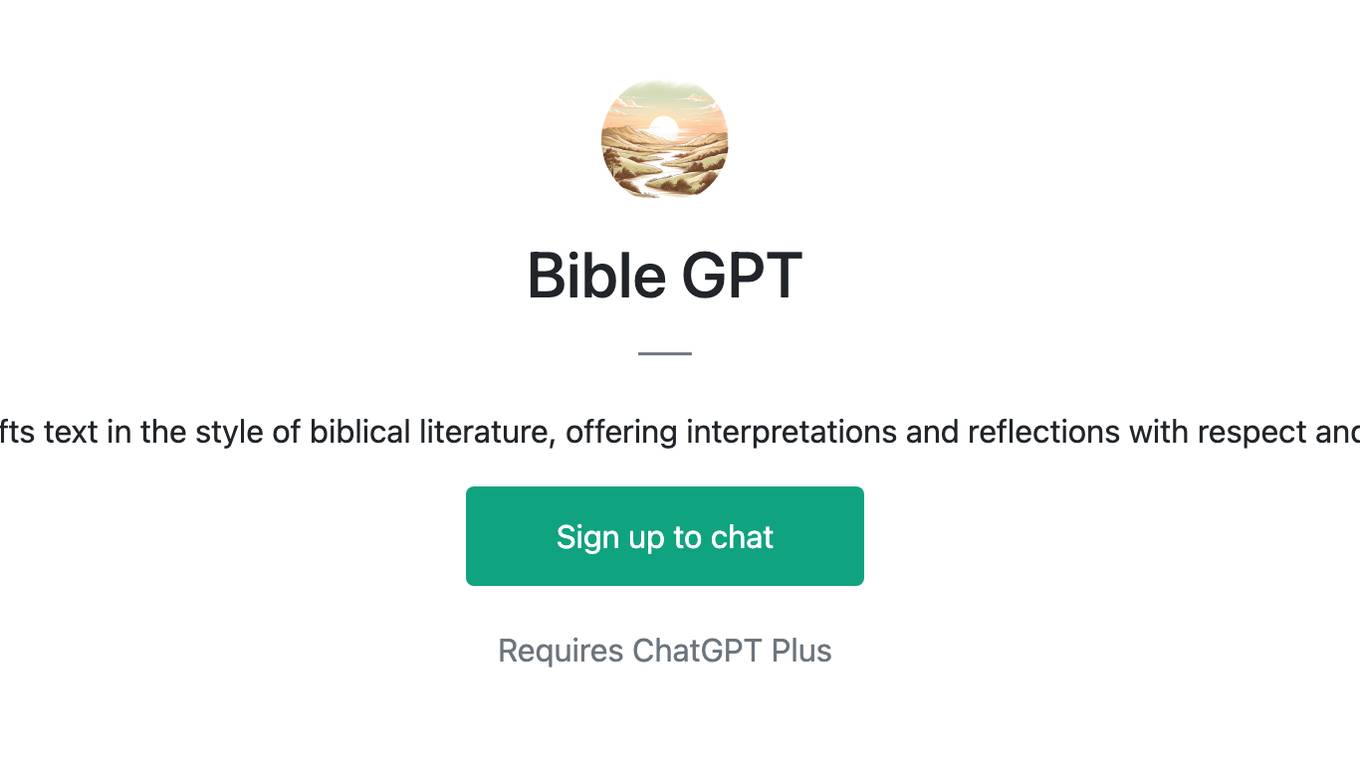
Bible GPT
Bible GPT crafts text in the style of biblical literature, offering interpretations and reflections with respect and sensitivity.
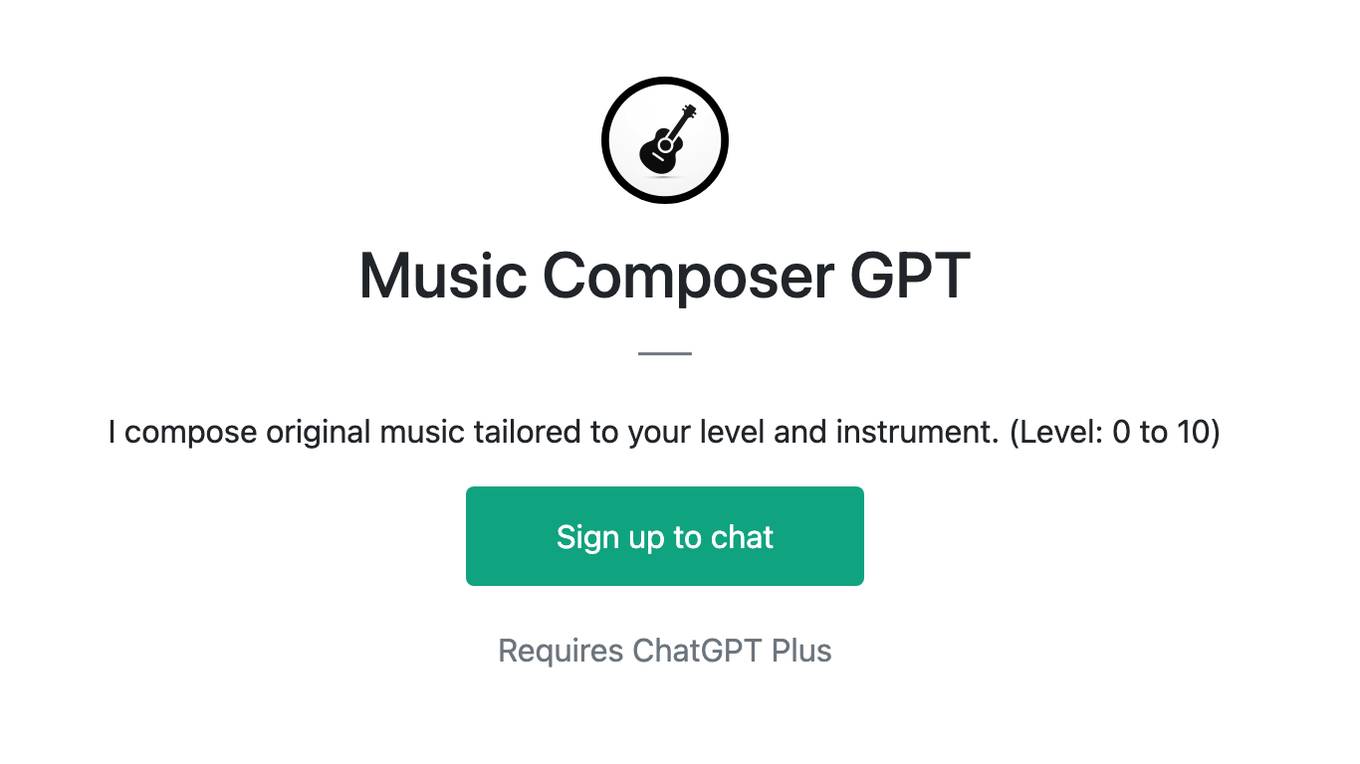
Music Composer GPT
I compose original music tailored to your level and instrument. (Level: 0 to 10)
